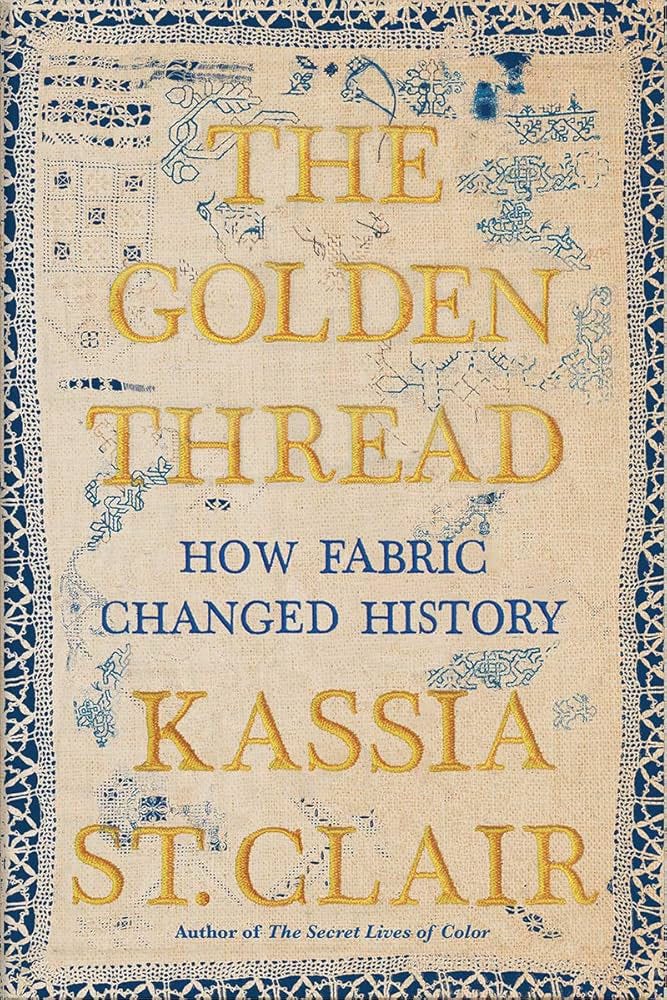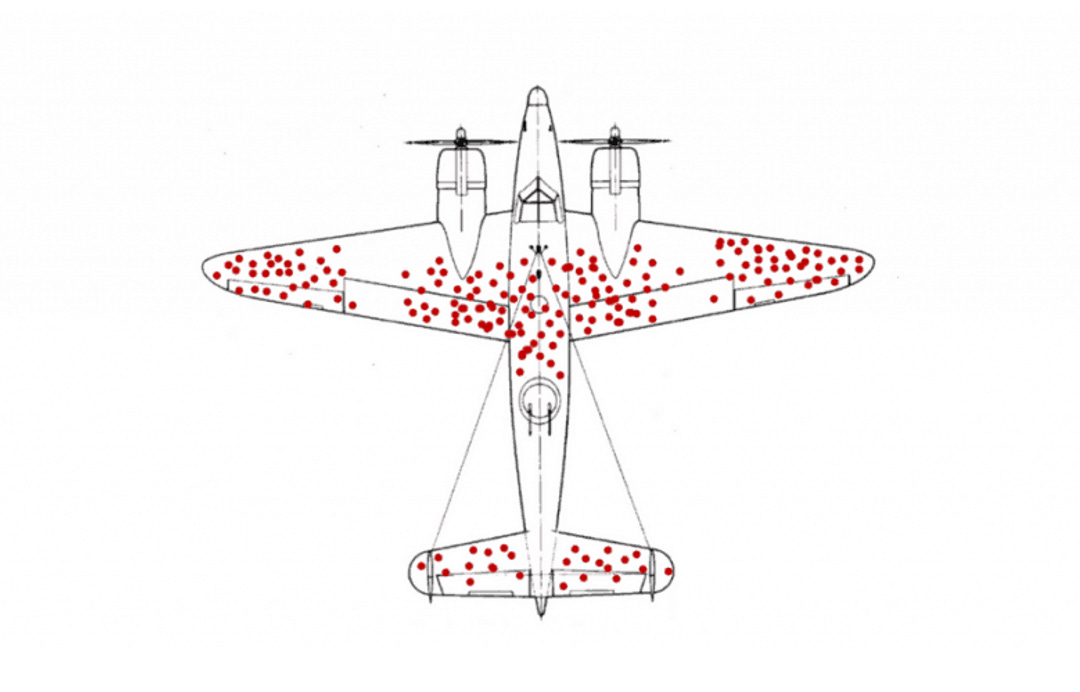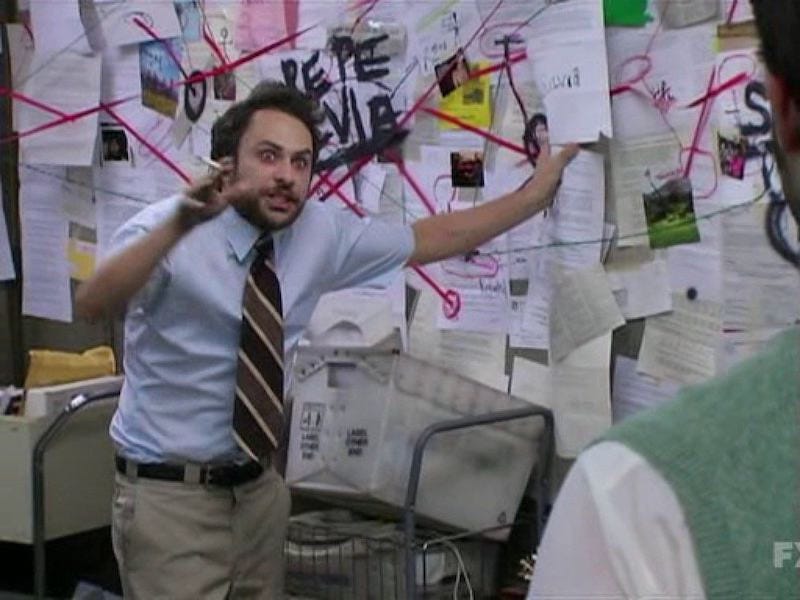TL;DR
Title: The Golden Thread: How Fabric Changed History
Author: Kassia St. Clair
Dewey #: 677 (Technology > Manufacturing > Textiles)
Actual Topic: Adventures in textiles
Length: 292
Rating: 2 (just kinda boring)
Who is it for: Historians, knitters
The 600s section of the Dewey system is, after those wacky 000s, the most hit or miss. Nominally covering “technology”, it is a combination of how-to-books, technical manuals, and deep cut nonfiction. This week is no different. The Golden Thread is better than the last 600s selection, the cookbook Food with Friends, and definitely better than what was right next to it on the shelf in the 674s (Welding for Farm and Home Maintenance as I recall). Nonetheless, I think this category of books might be best for those who have hands-on experience with the topic. I’m a long time textiles user but not much of a creator, so I was curious how the book would land.
The Golden Thread is definitely meant to be approachable and of general interest. It’s effectively a series of 13 essays acting as chapters that move chronologically through history, starting with the first textiles (linen, somewhat surprisingly) and moving up to the artificial textiles of modern swimsuits and biotechnology efforts to create artificial spider silk. In each, St. Clair chooses a type of textile and examines its role in a particular era. Some are well-worn topics – linen & mummies, silk & trade, cotton & the industrial revolution. Others, which I found a bit more fun, are less common like how new techniques to treating wool enabled the Viking conquests or how a group of bra knitters in Worcester, MA made the Apollo spacesuits possible. Every chapter has some interesting content, but overall the book is a bit of a patchwork. There is a general theme hinted at, but never developed, and overall, I was left underwhelmed and found myself skipping ahead.
When The Golden Thread works, it definitely hits the 99% Invisible, “how common things work” target. Not a bullseye, but one of the strengths of the book is giving readers who know nothing about the topic of textiles such as myself a glimpse behind the curtain. And it’s a big topic that touches basically every human society for thousands years I know what warp and weft mean now, the somewhat insane process of turning flax to linen through rippling, retting, scutching, and heckling, and the key role of lace in the economic competition between France and Venice in the 16th century. As long as you are willing to just paddle along and see where St. Clair takes you, The Golden Thread has moments of fascinating context on a topic that is a common thread across all of human civilization.
St. Clair also makes a broader point during her textile tour, one that feels woefully undeveloped. A recurring point is how textiles’ mundanity, tendency to dissolve away quickly compared to buildings, tools, or pottery, and it’s association with women in almost every society has left it overlooked until recently as a archeological or historical data point. The chapter on linen and the mummies is the sharpest here, as St. Clair tells of Howard Carter’s discovery of King Tut and how his team casually ripped away Tut’s wrappings as they sought to get to the boy king’s body. This approach ignored the ritualistic importance of the linen as a garment for the afterlife and left any analysis of the wrappings impossible.
It's an interesting theme but one that is underdeveloped. I don’t know if it was St. Clair or her editor who decided to skirt the issue, but for what is in The Golden Thread does get one thinking about the blind spots of history and archeology around what survives and what is lost.
Unfortunately, the occasional flashes of “fun facts” or a broader theme about what survives into history and what doesn’t are overall a small portion of the book. I am generally easily interested in things, but I found it hard to make it through the whole book. Part of it was the writing itself, which feels very dry. The sections on the production of relevant textiles is somewhat technical, and the historical context is dropped in as a series of facts. Part of the issue is that over-illustrating non-controversial statements tends to slow the book down. Take for example the love of silk by the medieval European aristocracy. One or two sentences would probably suffice, and it’s not clear that knowing that “An inventory taken in 1216 of Corfe Castle in Dorset, [King John of England’s] favorite residence, found no fewer than 185 silk shirts” is really necessary. It may be fun color, but by the fifth or tenth fact showing Europeans like silk, it feels unneeded.
The other missing piece of the book is more narrative, either around a broader theme such as how textiles have been overlooked in history or around people. St. Clair does try to weave in individuals, but those threads are cut short generally after just a page or two and she returns to “one thing after another” style of writing. The history-of-a-common-place-thing has had great successes (if you can make salt interesting, you can make anything interesting) but the core is always how the author raises the stakes or finds a way to humanize whatever overlooked topic they are touching on. For me, St. Clair doesn’t quite get there and it leaves the book feeling threadbare.
While I was excited for The Golden Thread and exploring the history of textiles, I eventually found myself flipping through chapters as the book went on. The occasional flashes of brilliance were outweighed by a dry writing style and a missing sense of impact, forward motion, or narrative. This all of course carries the caveat that I knew next-to-nothing about textiles from either theory or practice before starting, and I suspect that folks more familiar with what it takes to create and weave fabric may find The Golden Thread more interesting than I. I wish Kassia St. Clair had been able to take her subtle theme about how textiles are overlooked in history and archeology and develop it more or show how they can provide new historical learnings (what would have we have learned if Carter had saved the linens?), but as it is, the book feels like it loses the thread.
Next Week: I’m forced to get hands-on in Dewey 771 (Arts > Photography, computer art, film, video > Techniques, procedures, apparatus, equipment, materials)





